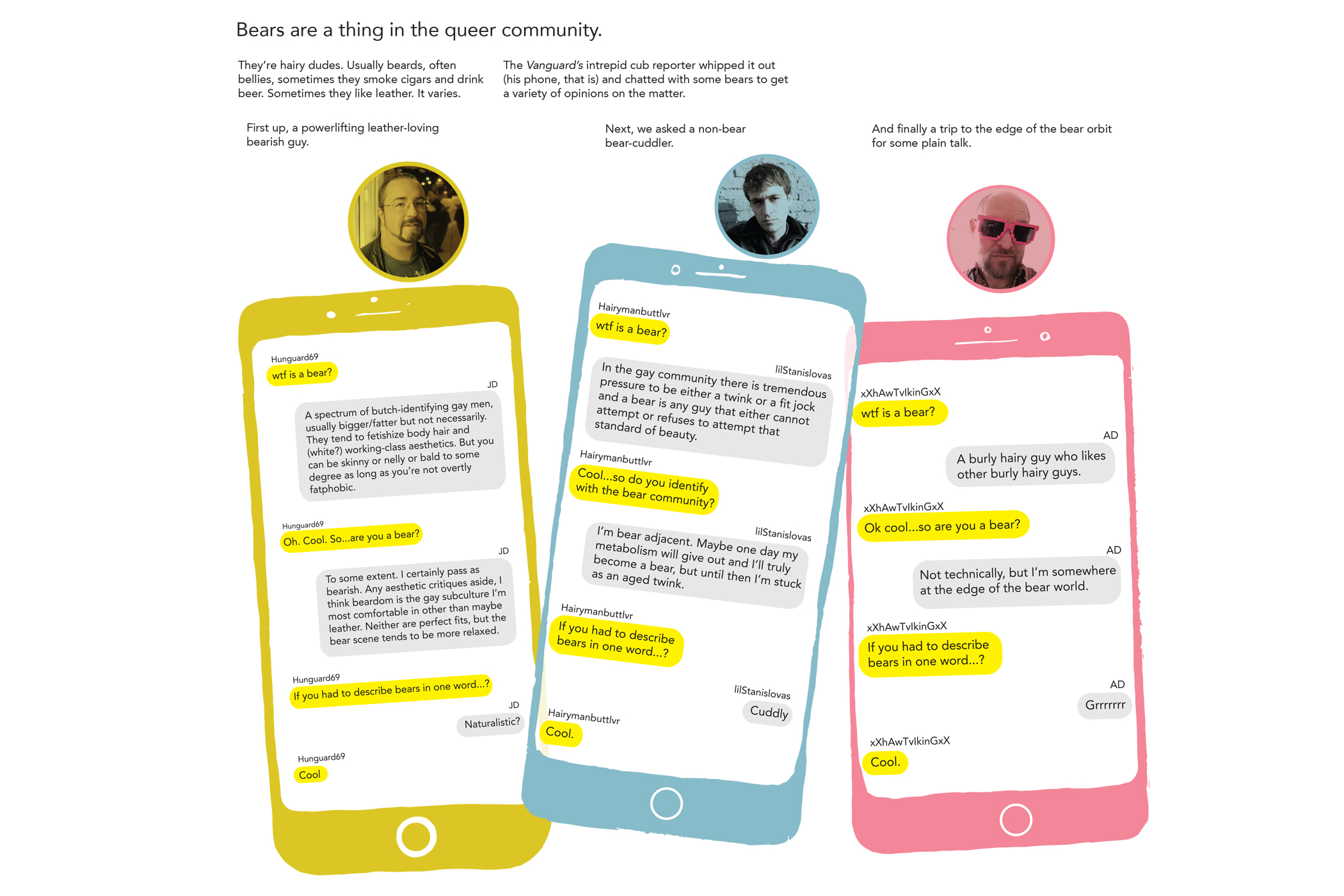3D entertainment is sweeping the nation, but the technology is hardly new; we’ve been viewing 3D images since the mid-1800s, and we’ve been paying to watch 3D movies since the beginning of the 20th century.
Who knew?
3D entertainment is sweeping the nation, but the technology is hardly new; we’ve been viewing 3D images since the mid-1800s, and we’ve been paying to watch 3D movies since the beginning of the 20th century. Big productions like “Avatar” have utilized and innovated technological advances, but the basic idea—two images, one skewed for the left eye and one skewed for the right, fused together to create the optical illusion of three dimensions—is still the same as it ever was.
For many, it is a surprise to learn that 3D imaging (or stereoscopy) has a history. Luckily for them, Portland is home to one of the only museums of stereoscopy in the country: the 3D Center of Art and Photography. Located on Northwest Lovejoy Street between Northwest 19th and 20th avenues, the Center is full of stereoscopic artwork for purchase, rotating gallery displays, cameras, equipment and memorabilia from stereoscopic history and even a small theater for special events and the presentation of 3D films.
The best part of the Center, however, is that its director, Stacey Webb, knows exactly how to manage a visitor. His enthusiasm for stereoscopy is infectious, and it would be impossible to step inside the Center and leave later without having learned something—whatever your level of 3D understanding or interest, Webb has information to share with you.
One of many items of memorabilia on display is an original View-Master, and while the device is perhaps best known as a children’s toy, it was originally developed for educational purposes. Original discs focused on tourist attractions like the Grand Canyon, and one particularly impressive project was developed as a tool for medical students: a set of discs which realistically and three-dimensionally represent the entirety of the human anatomy. Webb said the Center shows these images in their theater as a part of a special event with Oregon Health and Science University.
The gallery, too, is informative and highly interactive. Though the space is small, selections for inclusion in the display are carefully made— the result is a short and high-quality tour. Beginning this week, the Center will be showing work by Dan Younger, a professor of art at the University of Missouri at St. Louis. Younger has had or been a part of more than 150 exhibitions worldwide, and his rather pop-futuristic photographs have been featured on network and cable television sets such as NBC’s “The Biggest Loser” and VH1’s “Scott Baio is 45—And Still Single.”
Even the gift shop is carefully curated, featuring such unique offerings as stereo-pair cards (side-by-side images which are slightly altered so as to, when viewed simultaneously through special lenses, create one centered image with the illusion of depth); you simply “pop up” the card into a box shape and view the 3D image through the built-in lenses. The paintings of Salvador Dalí, which seem nearly meant for stereoscopic enhancement, make especially cool cards.
A Portland resident tuned in to the 3D Center’s news and events could find themself privy to some awesome happenings, such as the View-Master stereoscopic anatomy presentation mentioned above, First Thursday participation, a 3D-film festival or classes on the creation of 3D images and movies.
Currently, the Center is in the throes of its “3 x 3D” event, a series of three weekends wherein visitors have free entry to the Center (regularly, admission is $5) as well as free access to special stereoscopy-focused workshops. This weekend the Center will be hosting “3D Doodling Days!” which will teach participants how to create three-dimensional drawings (all materials provided); next weekend, the Center will offer the opportunity to have your (or you and your family’s, or you and your best friend’s) photograph taken in a 3D photo booth, completely free of charge.
For an image technology that achieves so much, stereoscopy’s principles are surprisingly simple. The 3D Center, not unlike the Oregon Museum of Science and Industry, teaches its visitors about a concept that can challenge the mind of an adult in a manner that can appeal to a five-year-old.
Speaking of which, kids are always free.





